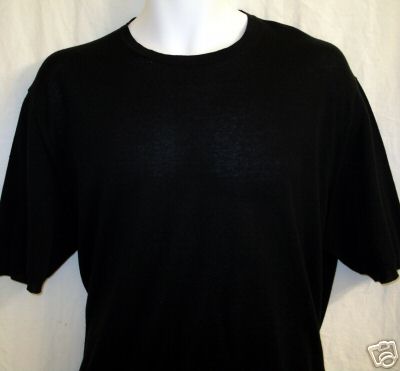
The Alpaca (Vicugna pacos) is a domesticated species of South American camelid. It resembles a small llama in superficial appearance.
Alpacas are kept in herds that graze on the level heights of the Andes of Peru at an altitude of 3500 to 5000 meters above sea-level, throughout the year. Alpacas are considerably smaller than llamas, and unlike them are not used as beasts of burden but are valued only for their fiber. Alpaca fiber is used for making knitted and woven items, much as sheep's wool is. These items include blankets, sweaters, hats, gloves, scarves, a wide variety of textiles and ponchos in South America, and sweaters, socks, coats and bedding in other parts of the world. The fiber comes in more than 52 natural colors as classified in Peru, 12 as classified in Australia and 16 as classified in the United States.
The Alpaca
Alpacas have co-existed with mankind for 5,000 years. The Incan civilization from the Andes Mountains in Peru elevated the Alpaca to an exalted position in their society. The imperial Incas clothed themselves in garments made from Alpaca and Vicuqa. Museums throughout the Americas display textiles made by Peruvian culture named "Paracas" from Alpaca, Vicuqa and original Peruvian cotton fibers.
The Spanish conquerors failed to appreciate the value of Alpaca fiber preferring the wool of the merino sheep from their native Spain. For a time Alpaca fiber was a well kept secret; however, beginning in the mid 1800's Alpaca was rediscovered by Sir Sirus Salt of Bradford, England and the the exporting of this fabric called " the other Inca gold" started and continues until the present.
The newly industrialized English textile industry was at its zenith when Sir Sirus began studying the unique properties of Alpaca fleece. He discovered that alpaca fiber was stronger than sheep wool and that it's strength did not diminish with fineness of the yarn. The Alpaca textiles he fashioned from the raw fleece were soft and lustrous and quickly made their mark across Europe. Today the center of the alpaca textile industry is Peru that has 3.5 million alpacas. Yarn and other products made from Alpaca have been marketed primarily in Japan and Europe, and with the new trade cooperation agreements with the Andean nations there is an increase on the development of markets for Alpaca garments in North America.
Today alpacas have found their way into the USA, Canada, Australia, New Zealand, England and various parts of Europe. A shipment of alpacas was smuggled out of South America in the 1860 s but it was not until 1984 that the first serious attempt was made to import alpacas into North America. The South American alpaca population has grown to several million, the population in the rest of the world is less than 10% of this total. Compared to the number of alpacas on native Peruvian soil the number of alpacas in other countries is minimal. Some references indicate over 80 percent of the alpacas world population is located in Peru.
Alpacas have co-existed with mankind for 5,000 years. The Incan civilization from the Andes Mountains in Peru elevated the Alpaca to an exalted position in their society. The imperial Incas clothed themselves in garments made from Alpaca and Vicuqa. Museums throughout the Americas display textiles made by Peruvian culture named "Paracas" from Alpaca, Vicuqa and original Peruvian cotton fibers.
The Spanish conquerors failed to appreciate the value of Alpaca fiber preferring the wool of the merino sheep from their native Spain. For a time Alpaca fiber was a well kept secret; however, beginning in the mid 1800's Alpaca was rediscovered by Sir Sirus Salt of Bradford, England and the the exporting of this fabric called " the other Inca gold" started and continues until the present.
The newly industrialized English textile industry was at its zenith when Sir Sirus began studying the unique properties of Alpaca fleece. He discovered that alpaca fiber was stronger than sheep wool and that it's strength did not diminish with fineness of the yarn. The Alpaca textiles he fashioned from the raw fleece were soft and lustrous and quickly made their mark across Europe. Today the center of the alpaca textile industry is Peru that has 3.5 million alpacas. Yarn and other products made from Alpaca have been marketed primarily in Japan and Europe, and with the new trade cooperation agreements with the Andean nations there is an increase on the development of markets for Alpaca garments in North America.
Today alpacas have found their way into the USA, Canada, Australia, New Zealand, England and various parts of Europe. A shipment of alpacas was smuggled out of South America in the 1860 s but it was not until 1984 that the first serious attempt was made to import alpacas into North America. The South American alpaca population has grown to several million, the population in the rest of the world is less than 10% of this total. Compared to the number of alpacas on native Peruvian soil the number of alpacas in other countries is minimal. Some references indicate over 80 percent of the alpacas world population is located in Peru.
0 comments :
Post a Comment